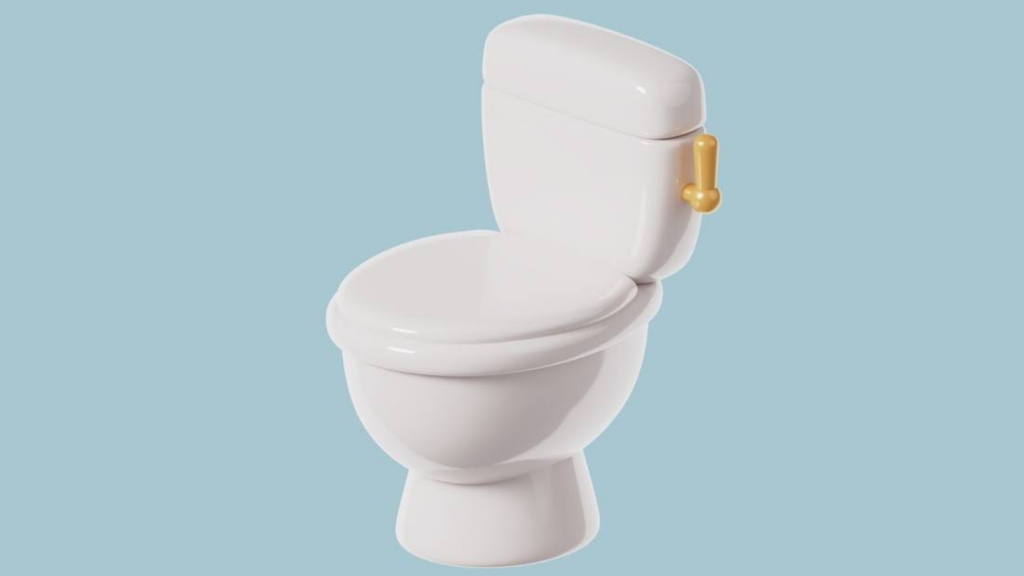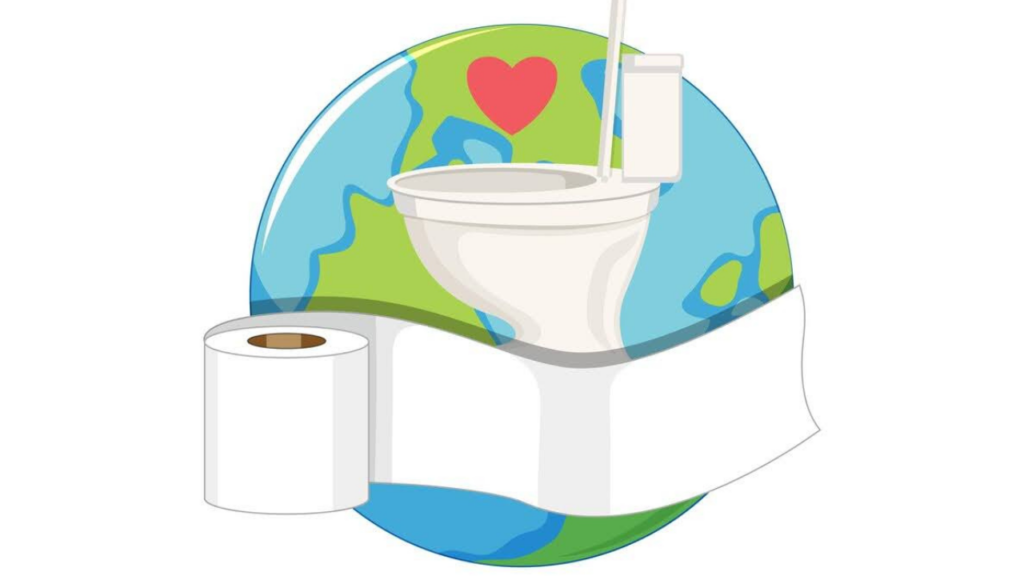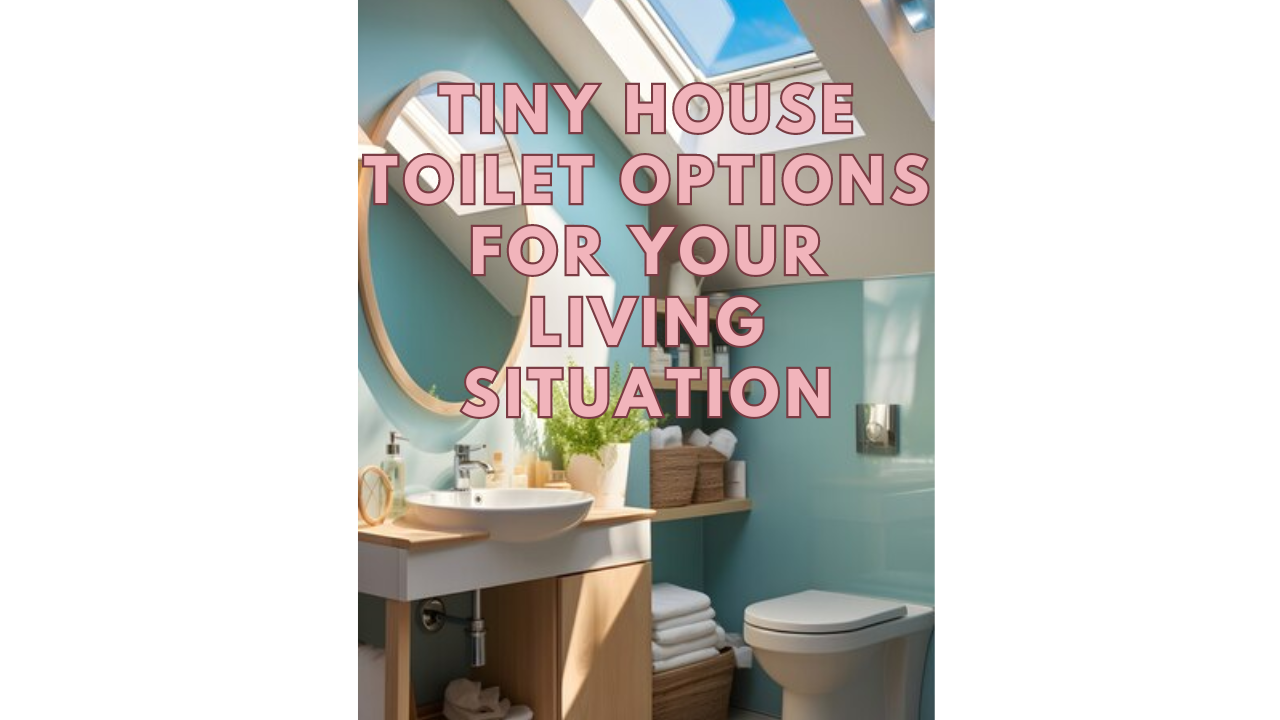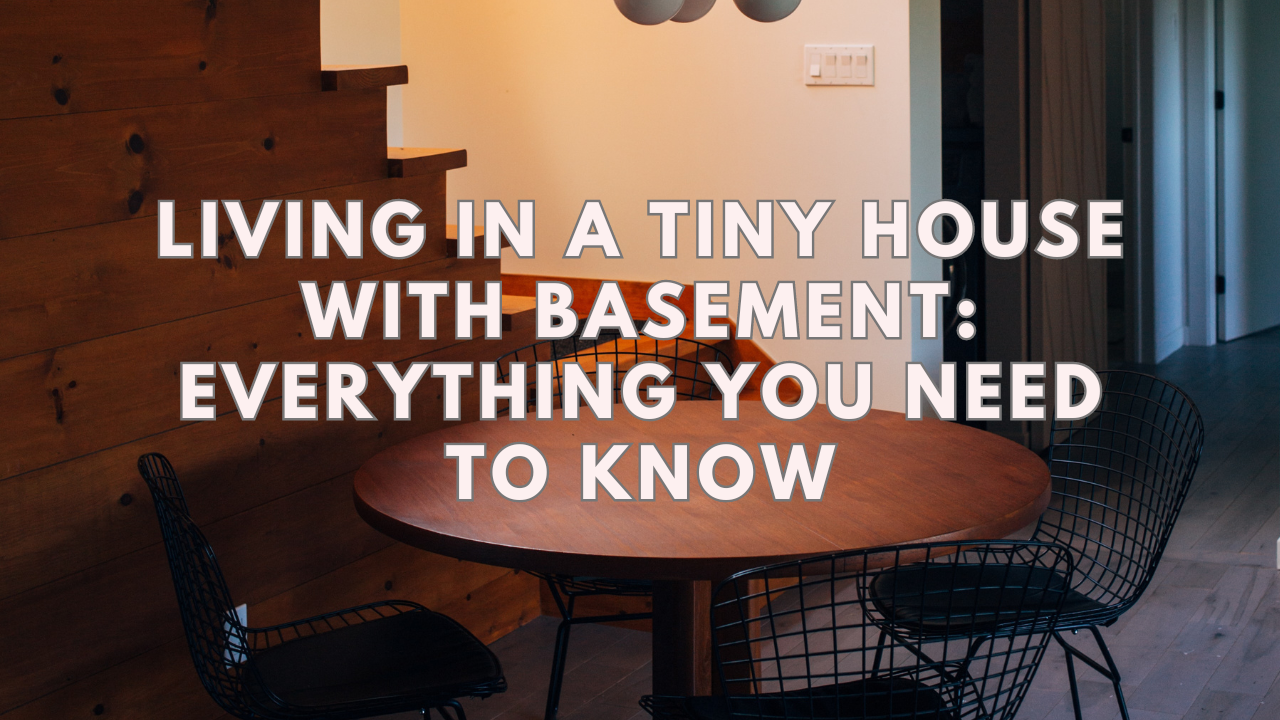It is an exhausting challenge to choose the appropriate toilet for a compact residence. Compact, economical, and eco-friendly toilets are essential when there is a lack of room and resources. Thankfully, several creative solutions address the particular requirements of people living in tiny houses, such as composting toilets that allow for odorless and environmentally friendly composting and dry separation toilets that operate without water. In this post, you will learn the top toilet choices for micro homes.
What’s Important About a Tiny House Toilet?
Making Up Room
Because the toilets retain the waste in a separate tank, they might vary in size depending on the model. Additional options might be movable or customized to fit your tiny house bathroom. The size ought to be taken into account first.
Economic Efficiency
While some other models cost up to $3500, DIY composting toilets are constructed for less than $50. Selecting a toilet has an impact on your spending limit, so think carefully.
Ways to Drain or Empty
Ensure the person living in your house is accustomed to emptying the trash outside or carrying it to the compost pile. Select a conventional flushing toilet and arrange for plumbing and sewer connections if you do not have a willing partner.
The odor
Depending on the style they select, people are very concerned about the potential stench of their toilet. Do some research. If properly cared for, composting toilets should not smell bad. The stench of incinerating toilets is distinctive. It is up to you to decide how crucial something is to your standard of living.
What Are the Tiny House Toilet Options?

Of course, you can have a standard, flushing toilet in your tiny home if that is what you want.
All you have to do is connect your home to a sewage system, like any other. However, these are your options for a tiny home toilet if you do not plan a standard toilet because you wish to travel or live off the grid:
Traditional Flushing
The most conventional method of toileting, flush toilets, can still work well in tiny homes, even though they present a slight logistical challenge.
Many off-grid living scenarios and THOWs find them to be less than ideal. Of course, you can still use a regular toilet if you intend to live in a tiny house in a city.
In addition to needing a full water hookup, flush toilets also need to be linked to a septic tank or municipal sewer system. A toilet cannot be disconnected and then reconnected. Installing a septic system may be feasible if you are off the grid, but it is typically not economical.
Pros:
- It is a latrine.
- You have always used one.
Cons:
- Complete and ongoing water hookups are necessary
- Not applicable to any THOW
- Won’t function with septic or sewer systems in freezing weather.
Composting Toilets
The most popular alternative toilet solution for tiny homes is a composting toilet.
Among the world’s earliest waste management techniques are composting toilets. All you are doing is allowing trash to be broken down by naturally occurring microorganisms under supervision.
For composting toilets to work properly, only a few items are needed:
- Air Venting
- Urine diversion device (optional, based on usage)
- Materials in bulk, such as sawdust
The ventilation facilitates the aerobic actions, starts to decompose the waste, and helps eliminate extra moisture. Urine has a high water content; therefore, wherever feasible, it’s best to separate it from solid waste. Air gaps created by bulking materials, such as sawdust or coconut husks, facilitate faster decomposition. Additionally, they aid in the reduction of potentially hazardous bacteria and promote the growth of helpful bacteria.
Tiny house composting toilet options are divided into two main categories:
DIY Composting Toilets or Slow Composting
These slow-composting toilets are the most basic available. Using a composting toilet is the choice that most frightens people, despite being the least expensive and easiest to maintain. A 20-liter container—something from a bucket with a foam seat to constructing a box equipped with a conventional toilet seat—is used for this, and pine shavings to mask the smell. When emptying the trash and dealing with odors, a urine diverter can help. Typically, these lack ventilation or any other mechanism that could facilitate the decomposition of waste.
Active Composting Toilet
Composting in motion slow composting toilets have been upgraded to tiny home toilets. Self-contained systems include a conventional toilet seat and a sealed canister that serves as a chamber for composting. Several are to break down waste products inside the toilet system, feature urine diverters and have complete ventilation systems. The cost of these systems is their sole drawback.
Pros:
- Easily manufactured at a very low cost by oneself
- Numerous commercial versions and varieties are offered
- Transportable and easy to maintain
Cons:
- Handmade versions frequently emit odors that are noticeable.
- It has to be regularly emptied
- Commercial units can be highly costly
- Not suitable for use in places with extremely low or high humidity levels or cold temperatures
- Largely different from conventional restrooms

Incinerator Toilets
Incinerating toilets offer a fast and efficient way to get rid of waste. They function by instantly burning garbage when you do your thing.
When you use the incinerator toilet, you need a piece of paper to burn the waste because the toilets are made of metal. After inserting the paper inside the bowl and making any necessary adjustments, you close the cover.
Many are disposed of by activating a trap door leading to the incineration chamber with a foot pump or button system. When you withdraw your foot, whatever is in the basin turns into sterile ash instantly.
These are ideal for living off the grid or in a THOW because they are waterless. Based on your power condition, both gas-powered and electric versions are available.
Macerating Toilets
With the inclusion of a waste-grinding mechanism, macerating toilets resemble conventional flush toilets in many ways. As a result, you are left with an abundance of dissolved slurry that is simpler to pump out and store than solid waste and pee.
Macerating toilets work with low water flow installations or in situations where the toilet is placed beneath the main drain pipe. The garbage may be moved over longer distances with just water pressure by macerating it.
Macerating toilets need an electricity hookup as well as complete plumbing. It works well for building your tiny house in the basement, but not so well for a tiny house on wheels. On smaller or older septic systems, they are far simpler. Therefore, if you are trying to live off the grid, a macerating toilet can be a great option, even though it is not ideal for THOWS.
Pros:
- Less plumbing and smaller pipes are needed.
- Excellent for lessening the effect of increased human waste on septic tanks
- It feels exactly like a conventional bathroom
Cons:
- Need connections for both power and water
- Not appropriate for THOW
- Usually require installation by professionals
Other Toilet Options for Your Tiny House
There are other toilet options for tiny homes besides composting toilets. Here are two more things you need to think about.
Septic System
For example, if you own the land where your tiny house is parked, you can install a flushing toilet. However, to do this, you must install a septic tank, which, depending on your region, can cost from $5,000 to $20,000 in supplies, labor, and permit fees.
Public Bathroom
It is an uncommon path, but for some people who live close to gyms or public facilities, it could work. However, having your own toilet and shower is a luxury, yet it is convenient. Getting a composting toilet is, in my opinion, far superior to not having one.
FAQs
Which Toilet Is Ideal for a Tiny House?
A self-contained toilet that is simple to install and requires little upkeep is ideal for a modest residence. An eco-friendly and creative alternative to waterless toilets is the dry separation toilet, which lowers water usage. Separator toilets also allow the waste to be composted in an environmentally friendly and odorless manner. For little houses without a water connection, this is ideal.
What Is the Operation of a Dry Separation Toilet?
Urine is separated from solids using a dry separation toilet. While the sediments are gathered in a composting bin, the urine is directed to a different container or drain. The composting process breaks down the materials into nutrient-rich soil suitable for landscaping and gardens.
What Benefits Come With Utilizing a Dry Separate Toilet?
Utilizing a dry separation toilet has several benefits, such as reduced resource usage and sustainability, the capacity to compost waste, odorless operation, and simple upkeep.
Final Thoughts
You can preserve and lessen your environmental impact while still enjoying the comforts of home with the correct toilet. A plethora of creative solutions meet the special requirements of tiny house residents, such as dry separation toilets and composting toilets. There is a toilet out there that is ideal for you, regardless of your needs—compact, economical, or eco-friendly.
Why wait? Find the ideal toilet for your tiny house right now!





